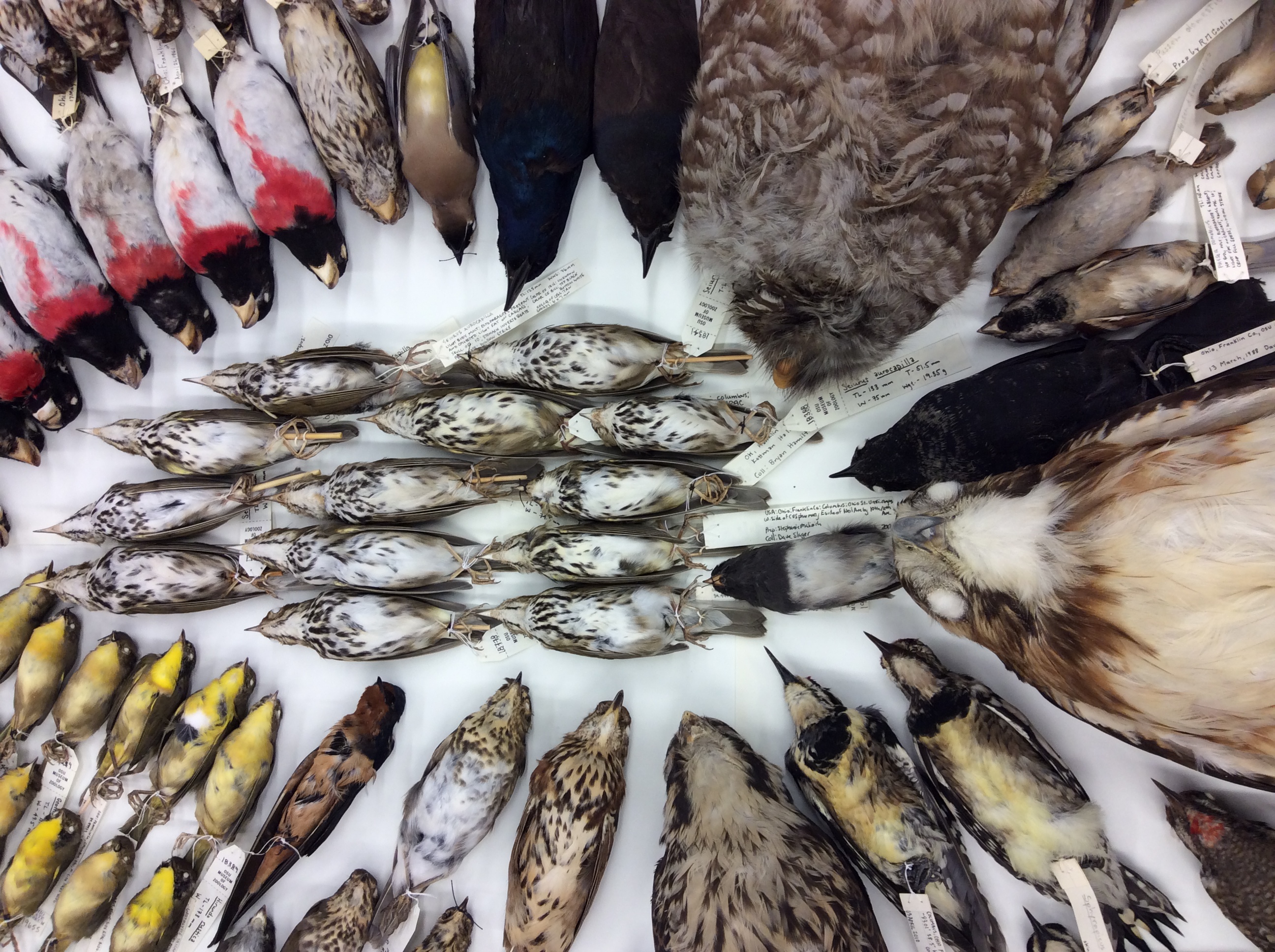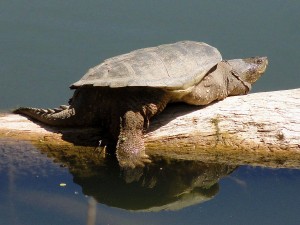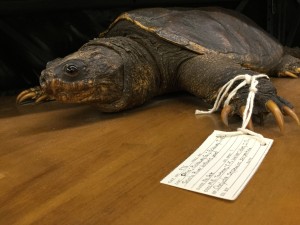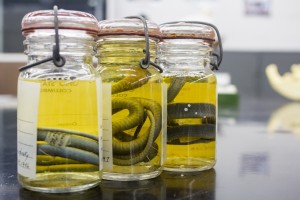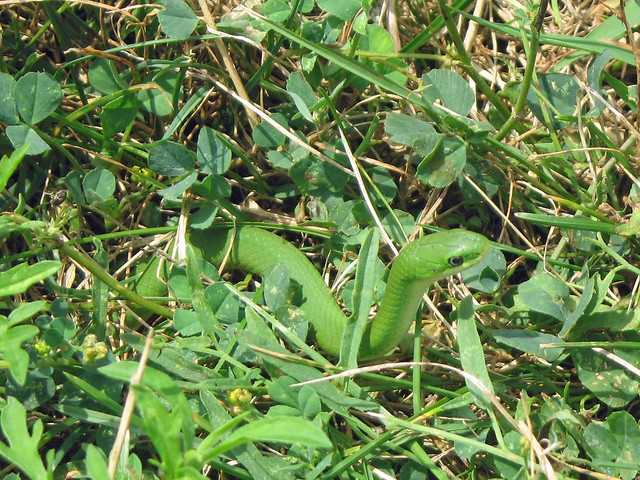Before the Scientific Revolution, any attempt to ascribe order to nature was largely rooted in the study of holy texts, rather than in the nature of minerals and organisms themselves. The development of natural history as an observational science in the seventeenth century changed this entirely and lives on to be a crucial element in the study of living organisms today.
It has become popular in the modern era to dismiss natural history as “mere” classification, lacking empirical methods, but this could not be further from the truth. Accurate classification is an essential element of understanding the natural world. There is not a more essential answer to the question “what is x?” than to give the classification of x, i.e. put it in relation to other living beings. Such an indefinite number of characteristics can be inferred by an organism’s taxonomic standing alone that this serves as a sort of shortcut to ripping individual organisms to shreds and painstakingly having to analyze and reanalyze the constituent parts of each individual organism. While an understanding of the anatomy of individuals within a species is of interest to some and has intrinsic value, the understanding of organisms in context with other similar and dissimilar organisms also has value. For those with questions unconcerned with the minutia of differences between individuals and who are focused with broader themes in evolution or organismal biology, a system of classification serves as a heuristic to understanding basic aspects of the organism at hand in relation to its own or other groups of organisms. Today, rather than defining natural groups by shared characteristics, these characteristics aid in the diagnoses of natural groups, which rather are defined by evolutionary relatedness. Still a need for the accurate classification of organisms persists.
Natural history as an observational rather than experimental science is not an outdated way of conducting zoology, ecology, or botany. Research lab settings are artificial and for those concerned with ethology, ecology, and observational field studies are crucial for comprehending the life history and behavior of animals and plants. Such observational studies have formed the bedrock of the modern understandings of these subjects. Even experimental studies themselves are inspired by observational studies after all.

Carolina Parakeet specimens are among the irreplaceable extinct specimens held in the Tetrapod Collection. (Photo Credit: Chelsea Hothem 2016)
Natural history museums and the specimens they contain also retain both intrinsic and practical value. Far from ‘mere’ cabinets of curiosities, natural history specimens serve as physical records of organisms, vouchers, from throughout history. The tags of these specimens usually record the location where the specimen was collected, the date, the stomach contents of the organism (for animals), pre-preparation measurements, the name of the collector, the cause of death, and many other bits of information that prove invaluable for research. Each specimen is comparable to a library book brimming with information that can inform future scientists on topics ranging from biodiversity, species distribution, the changes in species over time, impacts of humans over time, genetic information, historic climates, and conservation.

A young bluebird (Sialia sialis) that died after being entangled in this plastic. This is an unfortunate reminder that what humans do with their trash has repercussions for other species.This specimen was prepared by Tetrapod Curatorial Assistant, Grant Terrell and is now housed in the Museum of Biological Diversity’s Tetrapod Collection. (Photo: Grant Terrell, 2016)
A modern example of the utility of museum collections is the application of DDT and its effects on North American birds. Chemicals within DDT were responsible for the terminal thinning of eggshells in birds exposed to the pesticide. Not until contemporary eggs could be compared with eggs in museum collections, were scientists able to confirm why avian populations were suffering. If naturalists had not been consistently collecting eggs from North American bird species, humans may have continued using DDT without fully understanding its effects on non-targeted species. The value of a particular specimen only increases with time. This lesson can effortlessly be learned after only a single encounter with a specimen of a recently extinct species such as the Passenger Pigeon. Individuals within museum collections and the observations of naturalists are now all that remain for researchers with questions about such species. The advent of new technologies only increases the value of the work of naturalists such as Sir Hans Sloane. Researchers now sequence the DNA of specimens and compare it to that of modern individuals. It is unknowable what advances may further enhance the value of the study of natural history.
Thus it is very important to ensure preservation of specimens for future generations. Please support our efforts through our current fundraiser.

About the Author: Grant Terrell is a second year student at the Ohio State University who is currently double-majoring in Evolution & Ecology and History. He currently works as a Curatorial Assistant in the Tetrapod Collection of the Museum of Biological Diversity and focuses on Ornithology.
Works Cited
Huxley, Robert. The Great Naturalists. London: Thames & Hudson, 2007. Print.
Otter, Christopher. “Natural History.” History 3712. The Ohio State University Main Campus, Columbus. 6 Sept. 2016. Lecture.
Stott, Rebecca. Darwin’s Ghosts: The Secret History of Evolution. New York: Spiegel & Grau, 2012. Print.
